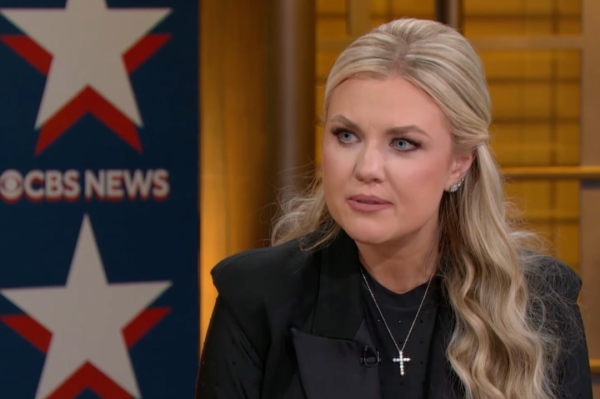Churches Warned to Prepare for Another Lean Year
Churches and non-profits should prepare for another lean year as Americans continue to grip their wallets, a researcher cautioned.
"Barring a significant event or shift, the prospects for a recovery of charitable giving during 2010 appear dim," said David Kinnaman, president of the Barna Group. "Even while some financial indicators show signs of life, most Americans are very concerned about the country's long-term economic prospects and seem to be tightening budgets and scrimping on donations."
A new survey released Monday by the Barna Group shows that more Americans have cut back on their giving to non-profits and churches. Nearly half of all adults (48 percent) said they reduced their giving to non-profit organizations in the last three months. That marks a jump from 31 percent in November 2008, when the economy began slowing down.
Though churches were less affected, they still suffered from fewer donations. About three in ten (29 percent) Americans, an increase from 20 percent in 2008, reduced their support to churches and congregations in recent months.
Moreover, those who cut back their support made significantly smaller contributions to the church. Nearly one-quarter of church donors reduced their giving by 20 percent or more, according to the study. In 2008, only one-tenth had made such significant cutbacks to churches.
Results from the latest Barna study come after one of Southern California's largest churches reported a 27 percent drop in revenue in 2009 to $22 million. The Crystal Cathedral in Garden Grove canceled its 2010 "Glory of Easter" pageant, which had been performed for 27 consecutive years, and announced that its San Juan Capistrano location would shut down its operations.
Other churches across the country that have been negatively affected by the economic slowdown have responded by making budget reductions, eliminating positions and relying more on volunteers, and reducing salaries, according to an earlier study by the Barna Group. Larger churches and those led by a Baby Boomer were most likely to reduce spending.
While more churchgoers are tightening their wallets, the proportion of Americans who tithe (give 10 percent of their income) remains relatively unaffected by the downturn, the latest Barna study found. Seven percent of adults said they gave at least 10 of their income. Over the last decade, the proportion of adults who tithe has fallen in the five to seven percent range.
Evangelicals were most likely to give at least 10 percent of their income, with 24 percent reporting tithing, followed by non-mainline Protestants (13 percent). Notably, among "upscale" adults – those whose annual household income is $75,000 or more and they have graduated from a four-year college – only nine percent said they tithed while 11 percent of "downscale" adults reported tithing. Downscale adults are those whose annual household income is less than $20,000 and who have not attended college.
Most Americans don't predict a quick economic recovery. Three-quarters believe the economy will take two or more years to recover and 42 percent believe it will take more than three years. Over the last 14 months, the percentage of Americans who have been affected by the economy in a major way has increased from 22 percent to 27 percent.
With donors likely to cut back on the number of organizations they give to and on the level of support, Kinnaman of the Barna Group advises churches and non-profits to avoid using traditional financial projections this year.
Findings from the Barna study are based on telephone interviews from a random sample of 1,008 adults, from Jan. 26 to Feb. 2, 2010.





















